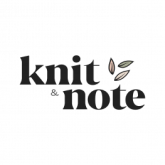When starting out as a knitting beginner, it can be difficult to know where to start with knitting needles. There are so many different materials, types and sizes, that you might not know what the best choice is for you. That’s where we are hoping to help. In this article we are going to share our guide to the best knitting needles for beginners.
The Basics: Knitting Needle Overview
There are many different types of knitting needles and tools. Knitters choose the right tools for themselves based on their level of experience, what they are making, their knitting tension, and simply personal preference. You should enjoy the experience of using your needles, so that you can enjoy the experience of knitting.
In order to give you enough context to recommend what knitting needles are best for beginners, I will explain the 3 main characteristics of knitting needles: material, type, and size.
Knitting needle material
Other than aesthetics, why would you care what your knitting needles are made of? There are a few reasons. First, different materials have a different amount of friction. That is, how easily the yarn will slide off of the needles. Next, the different weights of different materials can have consequences for the ergonomics of knitting. Finally, needles can vary greatly in price depending on what they are made of.
Metal
The most common metal used for making knitting needles is aluminum. Less frequently, metals like steel can also be used. Aluminum needles are solid but lightweight. They have a smooth surface and typically a fairly pointy tip. These strong needles are sturdy, and you won’t risk breaking them as easily as wooden needles. The smoothness of metal needles allow the yarn to slip off of them very easily. This can be great for more experienced knitters who knit quickly or those who have a tighter knitting tension. However, this could pose a challenge for beginner knitters who might end up dropping stitches accidentally. The pointy tip also allows for more precision when knitting with finer lace-weight yarns. However, this sharper tip might also split through thicker, fluffier fibres. Although they are not the cheapest options, you should be able to find some reasonably priced metal needles.
Pros | Cons |
Allow you to knit quickly | Slippery surface might be challenge for beginners |
Sturdy and difficult to break | Slightly more expensive than wood and plastic needles |
Sharper tips for precise knitting |

Plastic
The surface of plastic needles is somewhere in the middle between bamboo and aluminum. They have a smooth surface, but not too slippery. The material is also very lightweight, making it the perfect choice for jumbo sized needles. These are usually quite affordable and easy to find at craft stores, or even dollar stores. Beware that because of the cheaper material, these can bend and warp over time.
Pros | Cons |
Affordable and easy to find | Needles can bend and warp |
Lightweight material | Aren’t as nice to hold and work with as other materials |
Wood
A very popular material for knitting needles is bamboo. The needles are solid, not too heavy, and the surface has a bit of a grip. Other hardwoods are also sometimes used, and these have similar properties, although sometimes widely different price points. Beautiful high-end wood needles can be more than twice as much as their humble bamboo counterparts. Because of their slightly grippy surface, stitches won’t fall off the needle as easily. This is great for knitters with a loose knitting tension and for beginners. Bamboo needles are usually pretty affordable and can be found at most craft shops.
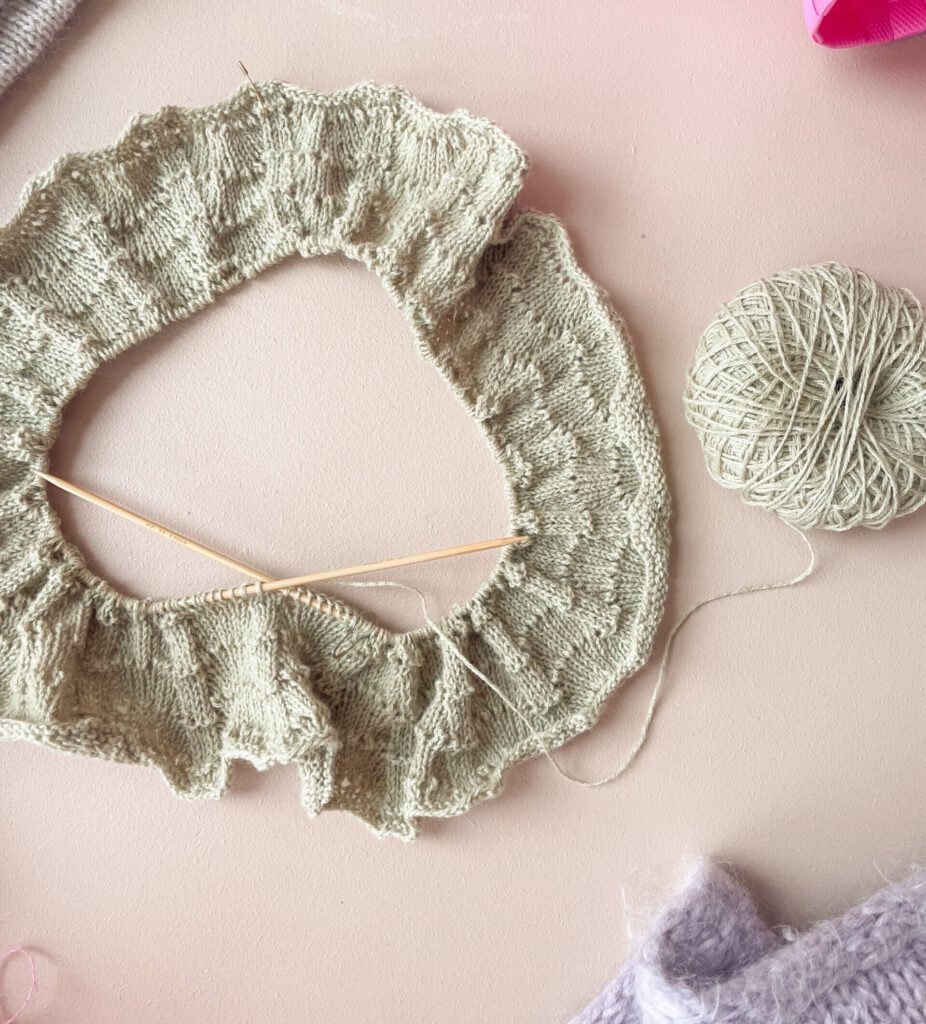
Pros | Cons |
Great for beginners, those who knit slowly, and those who have a loose tension | Might slow down those who like to knit quickly |
Grippy surface mean the yarn won’t accidentally slip off | Smaller sizes can break easily if you’re not careful |
Easy to find and fairly inexpensive |
Knitting needle types
Straight needles
These are the classic needles that come to mind when people say “knitting.” They come in many sizes and lengths. The size you use will depend on what weight of yarn you are using, and we’ll talk more about that later. The length that you choose will depend on the type of project you are making. Shorter length needles are great for smaller objects like scarves and dishcloths, whereas longer needles will be necessary to hold the large number of stitches required for something like a blanket.
The limitation of using straight needles is that they can only be used for knitting a flat piece of fabric. You work your way up one side, the right side, and then flip the fabric over to work back along the wrong side. This will limit the types of projects that you can make with them. Typically they are used to create dish towels, scarves, and blankets. However, they could also be used to make clothing that is made up of flat panels that are then stitched together by hand.
Double pointed needles
Double pointed needles, often called DPNs, are straight needles that have a pointed tip on both ends. The difference here is that straight needles have a stopper on one end that would prevent your stitches from falling off. DPNs are designed for stitches to be able to slip off both ends. Like straight needles, DPNs also come in all sizes and various lengths, depending on what you are using them for.
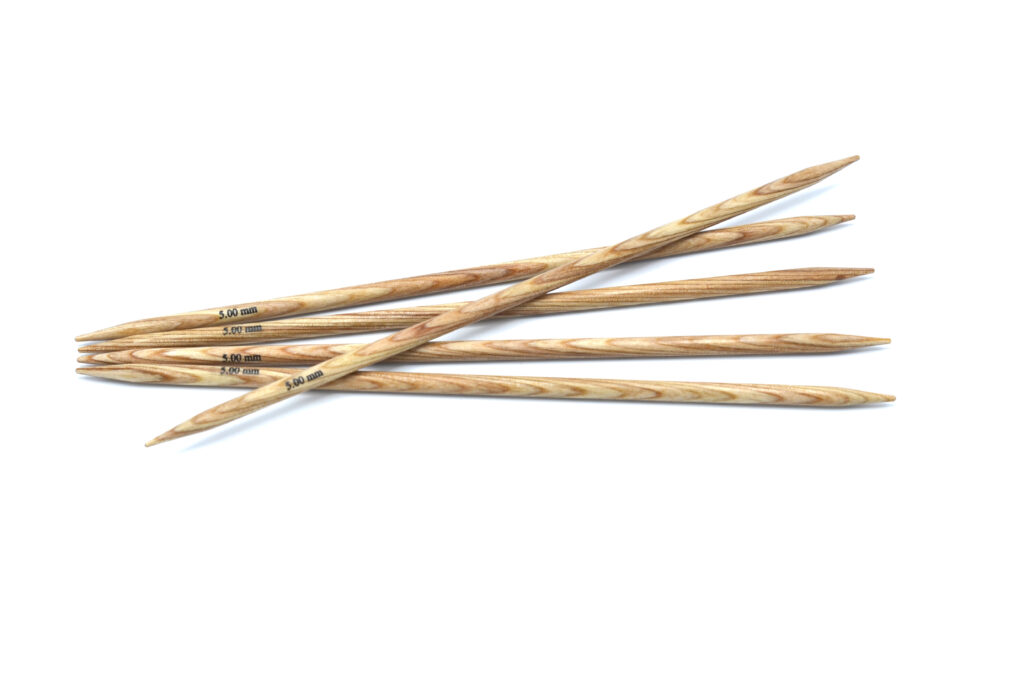
DPNs are designed to be used to join fabric in the round. This makes them useful for circular items like hats and socks. Because you are continuously knitting in a circle, you do not knit on the wrong side of the fabric like you do when using straight needles, but always work in a spiral on the right side.
Circular needles
Circular needles usually take the shape of 2 needle tips, around 5 inches long, attached with a bendy plastic cable. There are lots of variables here. You get different sizes of needle tips, different lengths of needle tip, and different lengths of cable.
As well as being able to select the needle tip size, which we will talk about a bit later, you can also select the needle tip length. That is, the length of the needles that are attached to the cable. Needle tip length is a matter of personal preference as well as depending on what you are knitting. I’ve seen ones varying from 2.75 inches to 5 inches. The shorter sizes are not as common to use, and are typically for making things with a small circumference like socks or baby sleeves.

The typical cable lengths are 16, 24, 32, 40 and 47 inches. Shorter cables will be suitable for hats, and longer cables will work well for sweaters and cardigans. Longer cables can also be used knitting smaller items using the Magic Loop technique.
Circular needles are an extremely versatile tool and are really useful for most types of knitting. You can knit flat fabric with them, like you would with straight needles, and you can knit in the round with them, like you would with DPNs. These are very flexible tools, but as you can imagine, with all the different needle sizes and cable lengths, that is a lot of different combinations to buy. That’s where a special type of circular needles come in handy, interchangeable needles.
Interchangeable needles
Interchangeable needles are usually sold as a set. These sets consist of a set of needle tips varying in size, a few different lengths of cable, and a fastening tool. The typical medium sized set will contain tips sized from US 4 (3.5mm) to US 11 (8.0mm) as well as 2 or three lengths of cable. The tips and the cables screw together to create whatever size of whatever length circular needle that you need. So if you’re into using circular needles, these really are a great option to have every size and length combination at your fingertips.
Knitting needle size
Sizing systems
There are many different knitting needle sizing systems. The most used one will differ depending on where you live, or where the needles you bought are manufactured. In the United States, you will likely find the US measuring system (denoted by US before the number). This sizing system goes from 000 for the smallest sizes and 15 (and beyond) for the larger sizes. In the UK on the other hand, the smaller sizes are labelled with higher numbers and the larger the size, the smaller the number. And in Japan, the system has numbers somewhat similar to the US system, but with smaller increments (0.3mm) between sizes.
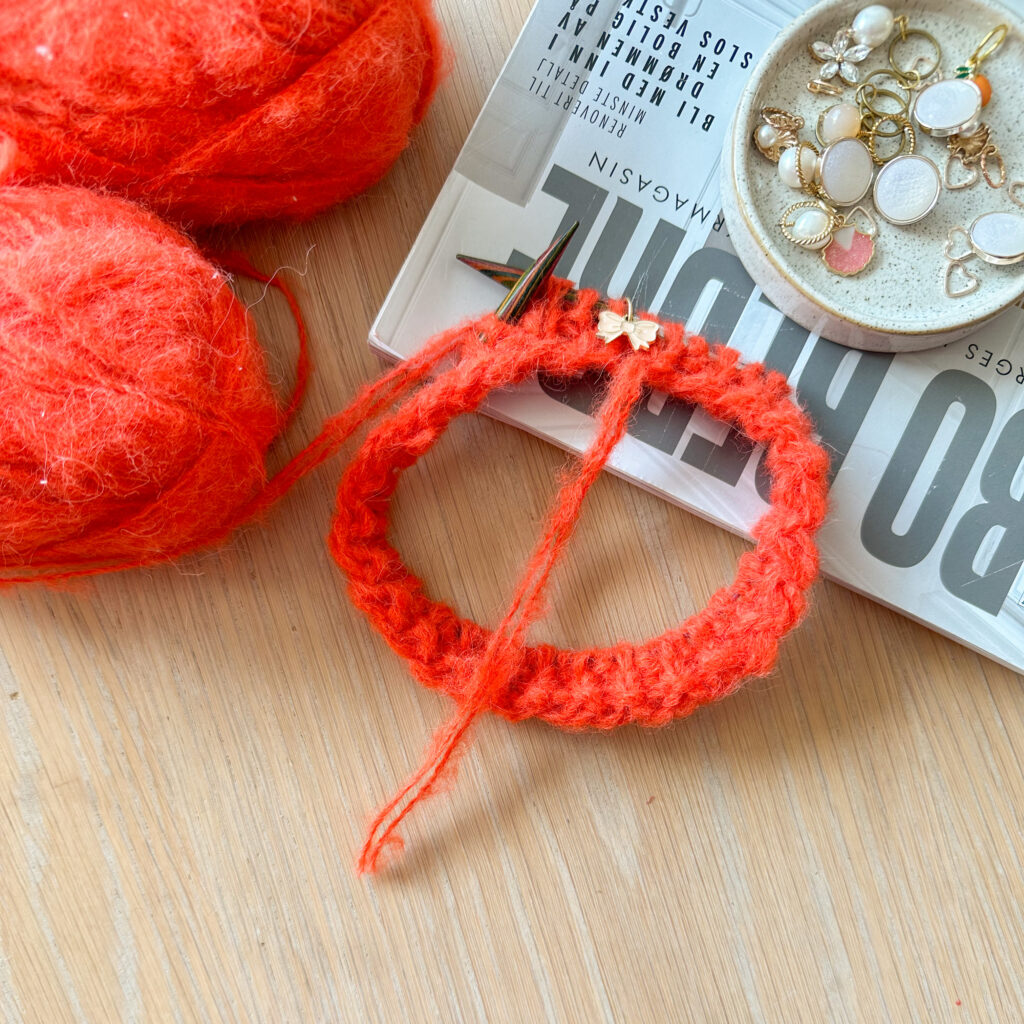
The most consistently used system, and the one that I think of as binding them all together, is measuring the size in millimetres. Even in regions with their own sizing systems, you will typically also see the size in millimeters on the package. This can help you convert or compare if you need to make sure that you are using the correct size.
The real takeaway here is just to be aware of these different ways of labelling knitting needle sizes. Always make sure that you take note of what system the pattern or yarn label that you are looking at is using, and make sure that it matches up with the size of needles that you are using to knit.
Yarn
I won’t get too much into yarn weight in this article. However, it is important to be aware that yarn comes in different sizes from lace weight yarns on the thin side to chunky weight yarn on the thick side. Often the size of needles you choose will depend on the weight of yarn that you are knitting with.
Fabric density
Needle size plus yarn thickness will give you a certain fabric density. If you use thick needles with a very thin yarn, you will get a fabric that is very “holey” and see through, and with a loose drape. Using thicker yarn with a medium sized needle will give you a dense and stiff fabric. If you look at a yarn label, you will often see a recommended needle size. This will usually give you a very natural, medium density of fabric. If you are following a pattern, then using the recommended needle size and yarn (at the right gauge) should produce the right type of fabric for that item.
Using needles of different sizes
So how does it actually feel to knit with knitting needles of different sizes? Using the smaller sizes can be very challenging because it can be difficult to see exactly what you are doing. It is easier to make a mistake without noticing it. Not to mention that it just takes such a long time to make progress on projects knit with tiny needles. You might assume then that bigger is better, so that you can see your stitches. While it is true that it is easy to see your stitches, using jumbo needles can be very unwieldy. It takes a lot of effort to move around those big needles. This can hold back beginners from practicing good technique and learning consistent tension. So you might be able to guess that the best size knitting needles for beginners would probably be a middle of the road option. Using needles between 4mm and 6mm would probably give you the best experience.
Our recommendation
Now that you’ve learned pretty much everything there is to know about knitting needles, let’s sum up our answer to the question: what knitting needles are best for beginners?
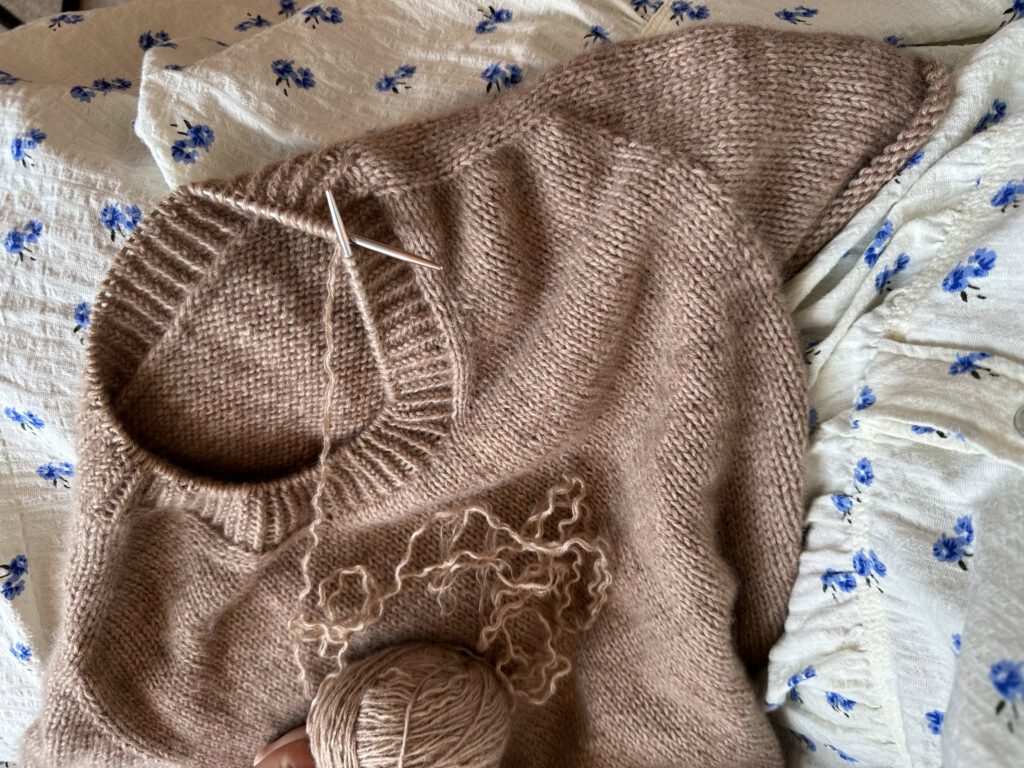
Overall recommendation
If you are just starting out with knitting, we recommend getting a pair of straight US 8 (5.0mm) needles made from bamboo. Using these you will get the optimal tool for learning the basic stitches and practicing your tension. There are tons of basic projects that you could make using these needles, but a simple scarf or dishcloth is probably a good place to start. Using medium sized needles, it will be easy to see your stitches, and the bamboo will make sure that you don’t drop your stitches too easily.
Alternative recommendation
If you really have your heart set on knitting something specific, like a hat, then get the tools that will help you make that. The thing that will improve your knitting skills the most is if you are actually knitting! That usually happens if you actually want to work on your projects. Just keep in mind that there could be some challenges with jumping into using different types of needles right away.
Final takeaways
No matter which needles you choose as your first pair, the most important thing is that you are enjoying the process of knitting. It is such a fun and rewarding hobby. We hope this post has helped you on your journey to get started. We can’t wait to see what beautiful creations you will make.
